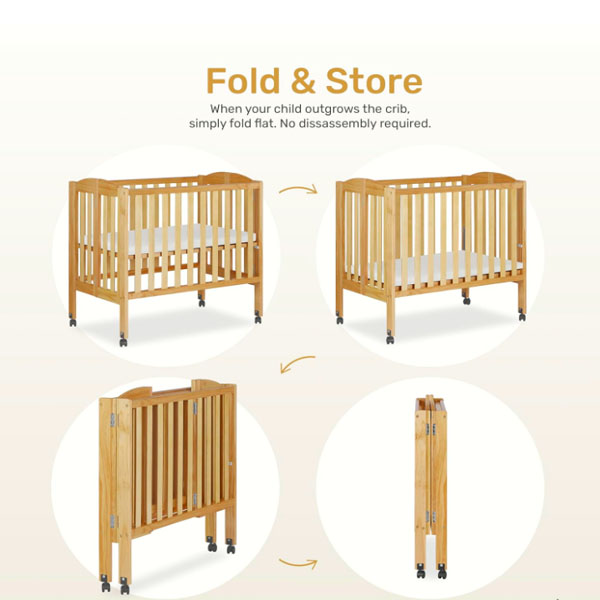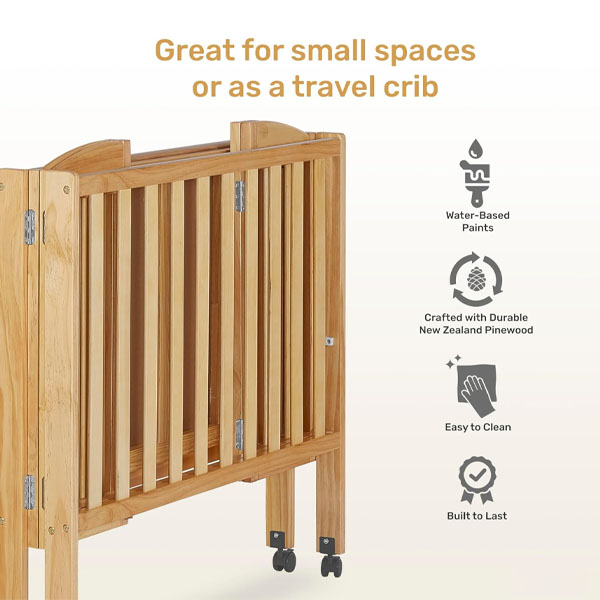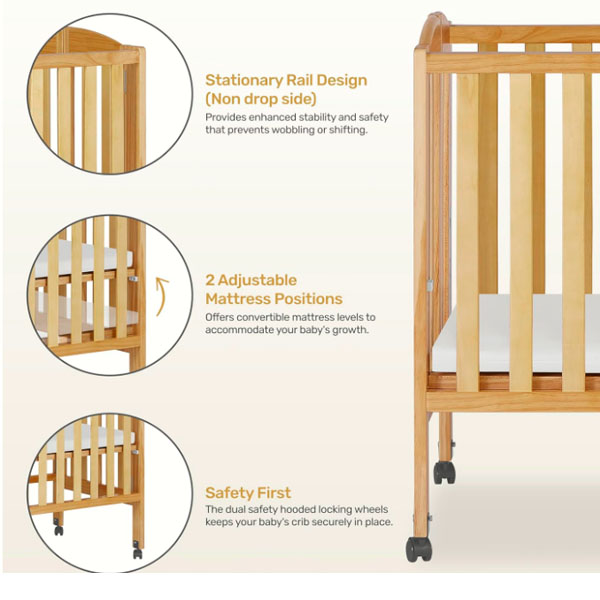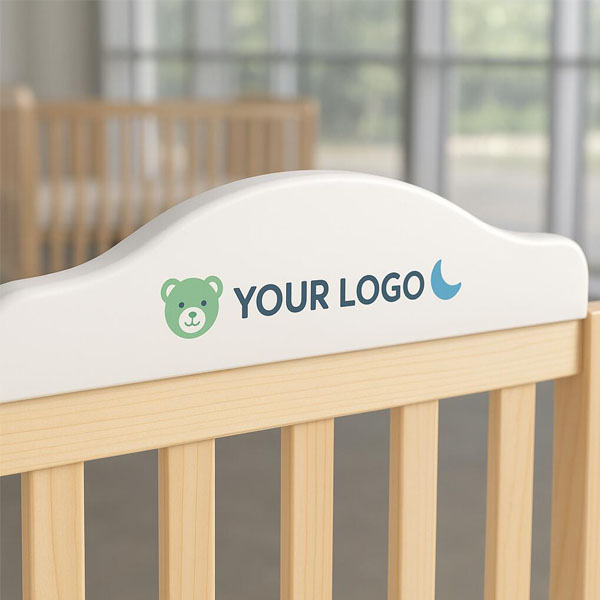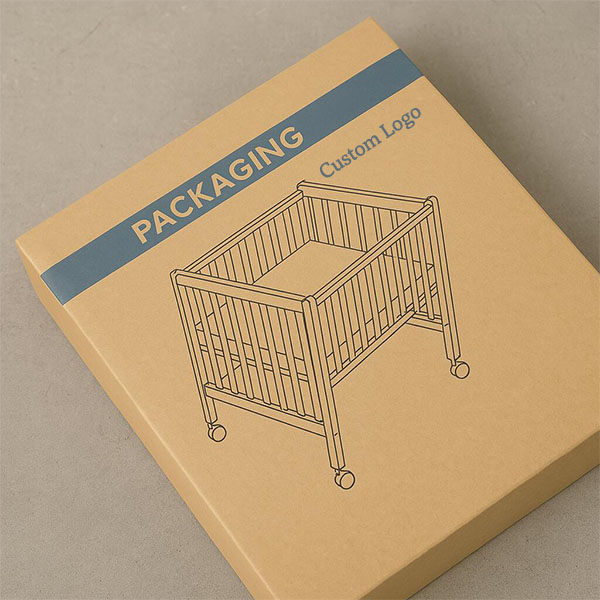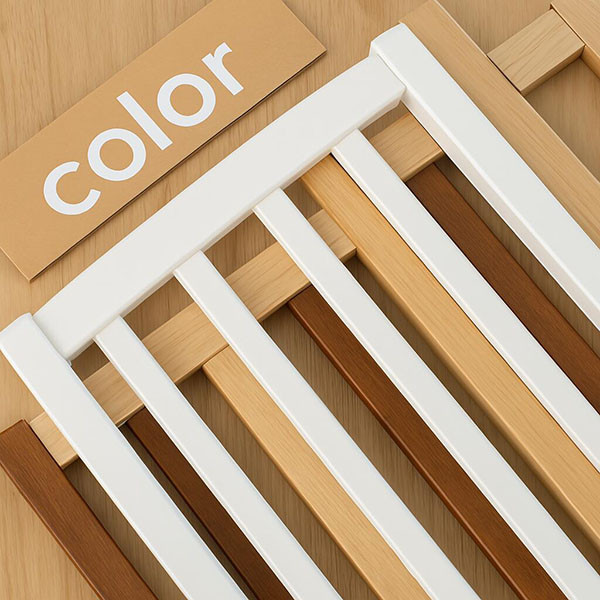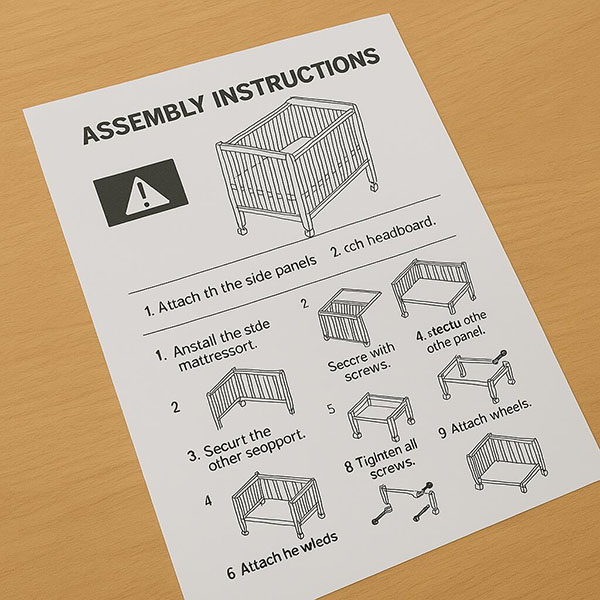Are adjustable height cribs safe?
Picking a crib feels like a huge decision. You see "adjustable height" and wonder if it’s a gimmick or a feature that could fail. This uncertainty can be stressful for any parent.
Yes, adjustable height cribs are completely safe and are the standard for modern cribs. Safety is not in the feature itself, but in using it correctly: starting high for a newborn and lowering the mattress before the baby can sit up or stand.
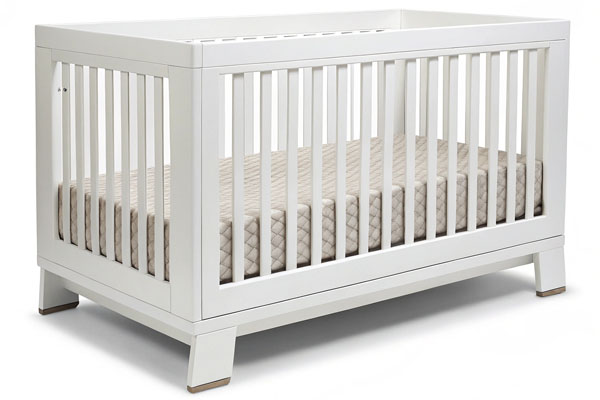
In my factory, every single crib we produce is designed with an adjustable mattress support. It’s a non-negotiable feature for the modern market. This isn’t just about convenience for the parent; it’s a critical safety design that adapts as a child grows. The real conversation today is moving beyond just simple functions. We’re now seeing parents choose furniture that reflects their entire parenting philosophy. This is a shift from just buying a product to choosing a lifestyle.
Is a convertible crib worth it?
You see "4-in-1" or "3-in-1" on the box. It sounds like a great deal, but you worry if one product trying to be four things can do any of them well.
A convertible crib is worth it if you value long-term use and consistent design in your child’s room. It saves you from buying a separate toddler bed and daybed, but you must commit to that style and keep all the conversion parts safe.
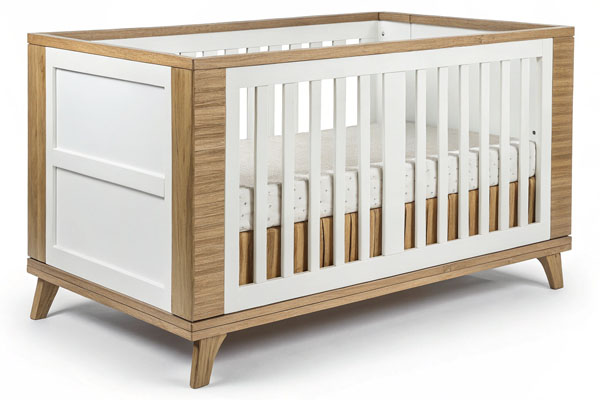
As a manufacturer, building a good convertible crib is a complex engineering challenge. It’s more than just a crib with a removable side. Each stage—crib, toddler bed, daybed, and sometimes full-size bed—must be independently safe and structurally sound. We supply our brand partners with specific hardware kits and detailed instructions for each conversion. The long-term value is clear, but it’s a choice that reflects a desire for sustainability and planning. It’s a practical decision that has become part of a "buy it once, buy it well" lifestyle. This is why it’s so popular with parents who are thinking about their child’s entire journey, not just the first year. It’s a piece of furniture designed to grow with the family, embodying practicality and forward-thinking.
Are cribs from 1992 still safe?
You’re offered a family heirloom crib from decades ago. It’s sentimental and free, but a nagging thought tells you to be cautious. Can you trust a crib that old?
Absolutely not. A crib from 1992 is not safe and should not be used. Safety standards have changed drastically since then. Issues like drop-side rails (now banned), slat spacing, and hardware design make older cribs a serious safety risk.
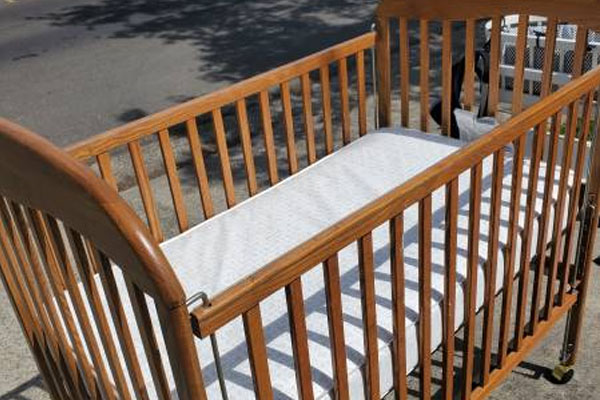
I would never allow a crib made to 1992 standards to leave my factory today. It wouldn’t even pass the first stage of our internal quality checks, let alone the mandatory government safety tests. The differences are not minor; they are life-saving. For example, the legal distance between slats is now much smaller to prevent a baby’s head from getting trapped. The hardware is designed to be stronger and more secure. Most importantly, drop-side rails, which were common on older cribs, have been banned in the U.S. since 2011 after being linked to dozens of infant deaths. Using an old crib, no matter how beautiful, is like driving a car without seatbelts or airbags. The design is fundamentally outdated and unsafe by today’s non-negotiable standards.
What is a Montessori crib?
You hear the term "Montessori crib" online. It sounds innovative and beneficial, but it looks completely different from a regular crib. You’re confused about what it is and why.
A "Montessori crib" is actually a floor bed. It is a mattress, often on a very low frame or directly on the floor. It is not a crib at all, as its purpose is to grant the child freedom of movement, which is a core principle of the Montessori philosophy.
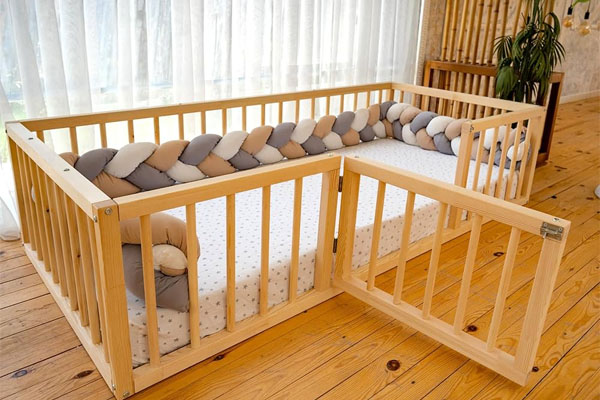
This is one of the best examples of a product embodying a parenting philosophy. A traditional crib is designed for containment and safety. Its high rails keep a baby secure. A Montessori floor bed, on the other hand, is designed for independence and respect for the child’s abilities. The idea is that a toddler can get in and out of bed on their own, fostering autonomy. This choice requires a different approach to nursery safety. Because the child is not contained, the entire room must become the "crib"—it must be completely child-proofed. Choosing a floor bed is a conscious decision to adopt a specific educational philosophy in the home. It represents trust in the child’s development and is a powerful statement about a family’s lifestyle.
Why is there no Montessori crib?
After learning about Montessori floor beds, you might ask why someone hasn’t combined the ideas. Why not a crib that also offers this freedom? The answer lies in their opposite goals.
There is no "Montessori crib" because the two concepts are contradictory. A crib’s main function is containment for safety, using rails to keep a baby in. The Montessori approach’s main function is freedom of movement, using a floor bed with no rails.
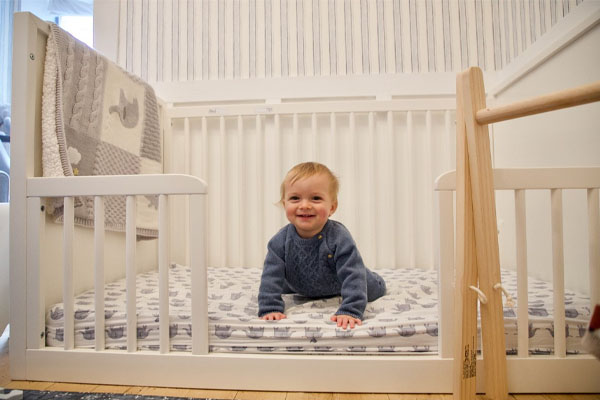
From a design and manufacturing standpoint, you cannot achieve both goals in one product. A product designed to safely contain an infant cannot also allow that infant to get out freely. The safety features are in direct opposition to the freedom features. A parent must choose which philosophy aligns with their comfort level and parenting style for a specific age. Many parents use a traditional, safe crib for infancy and then transition to a Montessori floor bed when the child is a toddler. This staged approach respects both the need for absolute safety in the early months and the desire to foster independence later on. It is not about one being better than the other; it’s about using the right tool for the right stage of development.
What is a sidecar crib?
You want to keep your baby close at night, but you know bed-sharing is risky. You see "sidecar cribs" and wonder if they are a safe middle ground.
A sidecar crib, also known as a bedside sleeper or co-sleeper, is a small bassinet with one open side that attaches securely to the adult bed. It allows the baby to have their own safe sleep space while being within arm’s reach of the parent.
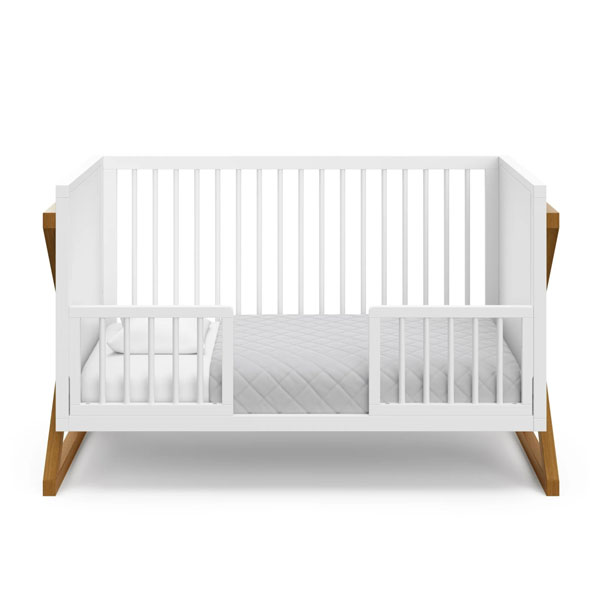
Sidecar cribs are a direct response to a parent’s desire for closeness without the dangers of traditional co-sleeping. The key to their safety is a secure connection. When we manufacture these products for our brand partners, the design of the attachment system is the most critical element. It must fasten tightly to the adult bed frame, leaving absolutely no gap between the two mattresses where a baby could get trapped. There are specific safety standards (ASTM F2906 in the US) just for these products. Choosing a sidecar sleeper is a lifestyle choice centered on bonding and nighttime convenience, but it must be backed by certified safety. It solves a real emotional and practical need for new parents, blending intimacy with peace of mind.
What can I use instead of a crib?
You realize a traditional crib isn’t the only option. You’re curious about the alternatives, but want to make sure you’re still making a safe choice for your baby.
Instead of a traditional crib, you can use a bassinet or sidecar sleeper for newborns, or a Montessori floor bed for toddlers. For travel, a portable playard is a safe option. Each alternative is safe if it meets current CPSC safety standards.
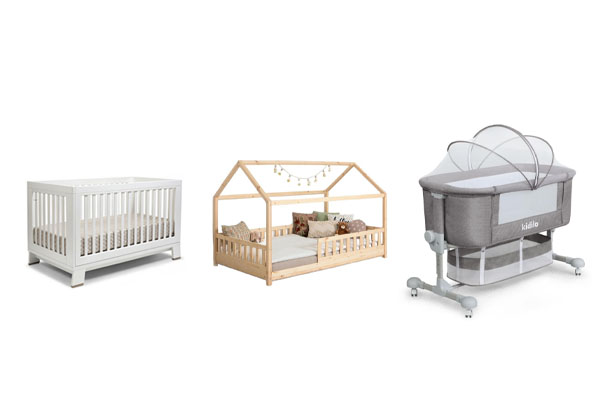
The modern baby furniture market has expanded precisely because there is no single "best" way to parent. The choice of a sleep space has become a statement of lifestyle. A bassinet offers portability in the first few months. A sidecar sleeper focuses on close bonding. A Montessori floor bed prioritizes independence. As a manufacturer, our job is to produce all of these options to the highest safety standards. No matter which philosophy a parent chooses, the product itself must be a fortress of safety. It must be structurally sound, made from non-toxic materials, and certified by third-party labs. The expanding range of options allows parents to find a product that fits their life, but the foundation for all of them must remain an unwavering commitment to safety.
A few other questions you asked me.
Which is better, cot or crib?
You hear both terms and wonder if they are different products. It’s a simple language difference. "Cot" and "crib" refer to the exact same thing. "Crib" is the common term in North America, while "cot" is used in the United Kingdom, Australia, and New Zealand.
Why is a house called a crib?
You might hear this in music or movies and get confused. This has nothing to do with baby furniture. "Crib" is an informal slang term for a person’s home or apartment. It became popular in American slang and is just a fun quirk of the English language.
Conclusion
Adjustable and convertible cribs are safe and reflect a modern desire for practical, long-lasting furniture. The choice between a crib, floor bed, or sidecar sleeper is a personal one, representing your unique parenting philosophy.




